It’s easy to lose perspective nowadays. Technology has provided us unparalleled access to the wonders of our world. Every once in a while, however, it’s nice to step back and look at things from the outside. To remember where we came from.
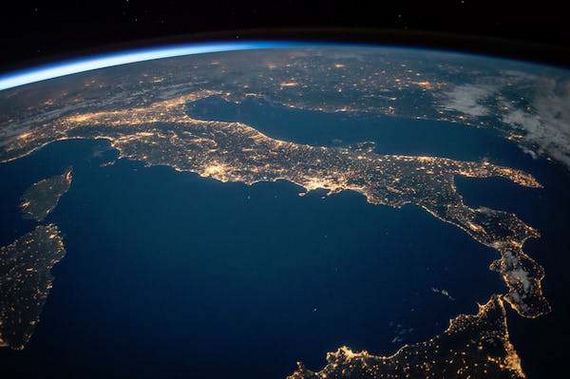
There are a lot of people on this little slice of heaven we call Earth. For example, you’re probably viewing this in the US, which is only the 3rd most populous country in the world, with 325-million people. That’s 950-million less than India and 1.05-billion fewer than China.

Southeast Asia is so densely populated, in fact, that there are more people living in this little circle than the entire rest of the world combined.
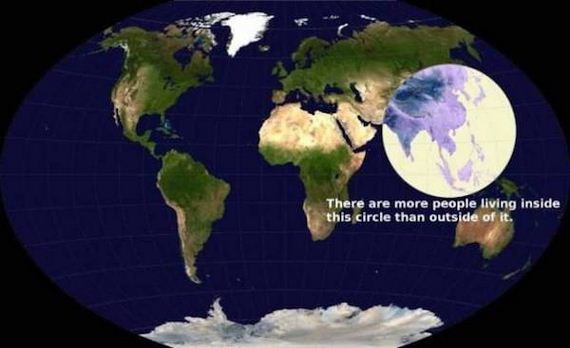
Among this massive network of people, communication is vital, which makes it shocking that written history only goes back about 5,000 years out of our 200,000 years of existence.

Feeling small yet? No? Well how about this:
The deepest known area of the ocean, the Mariana Trench, is 10,944 meters deep. That’s a greater distance than the cruising altitude of commercial jets (10,668 m).
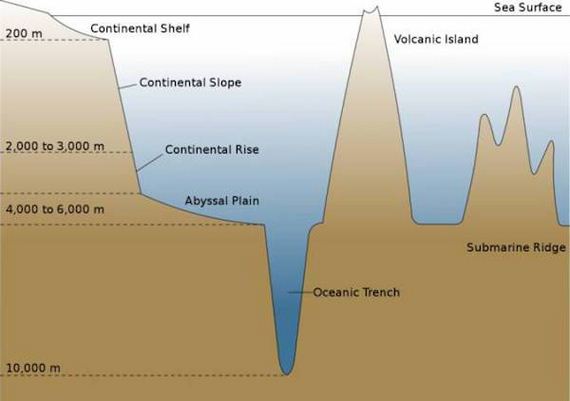
So, needless to say, the Earth is a fairly massive object, but it exists in the great expanse of space.
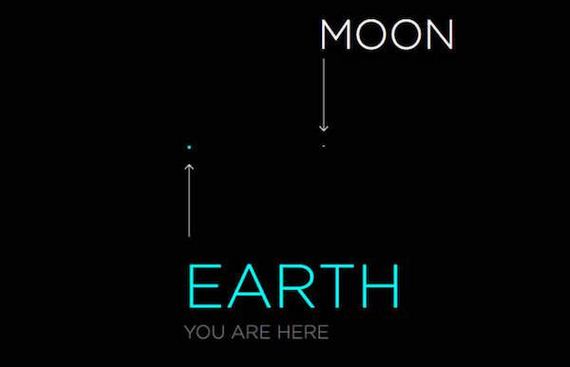
How about that “space?” The Moon is pretty damn far away, so far in fact, you could fit every other planet in the solar system between the Earth and moon.
The added diameters of Mercury (4879 km), Venus (12,104 km), Mars (6771 km), Jupiter (138,350 km), Saturn (114,630 km), Uranus (50,532 km), and Neptune (49,105 km) are just a little over 380,000 km.
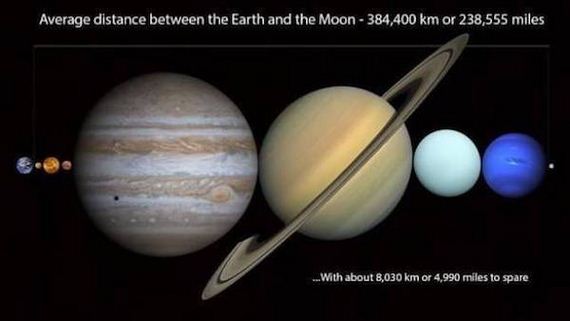
This is all pretty amazing when you consider this is what North America would look like if it were on Jupiter, our solar system’s largest planet.
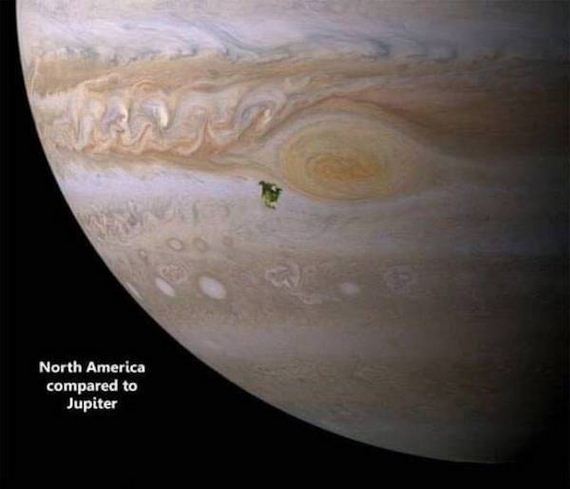
So when you think about it, Earth is more like a speck of dust, or a grain of sand in a vast, endless rolling desert. Need visual evidence? This is the Earth as seen from Mars.
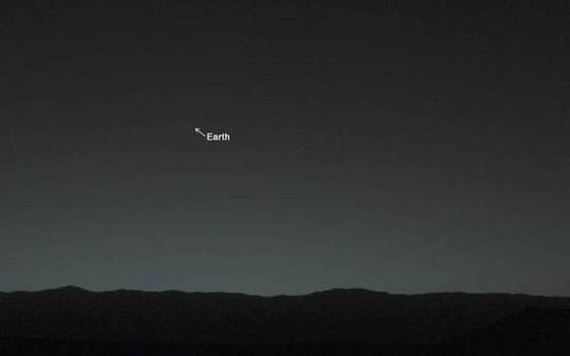
And here is what you would see if you floated out just past Neptune and looked back at Earth…
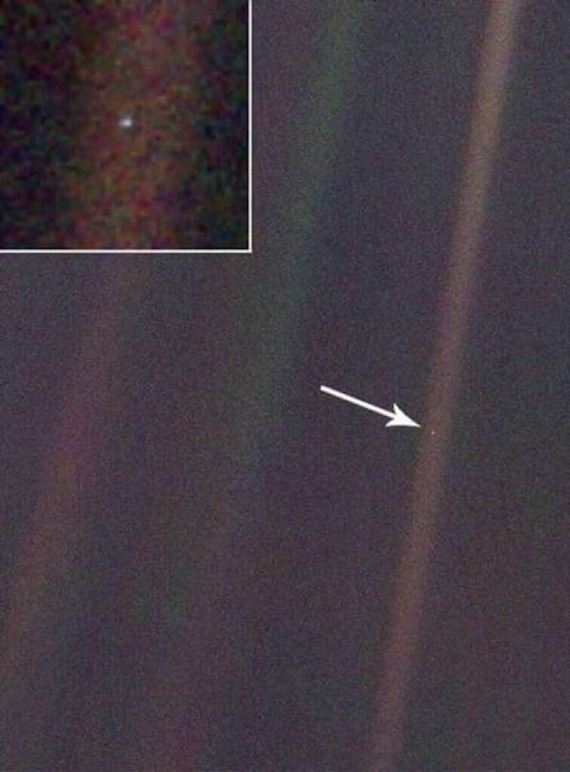
To be honest, the planets in our solar system are pretty puny. Now the sun, which makes up 98% of the mass in our solar system, that’s a seriously unfathomably large ball of gas.
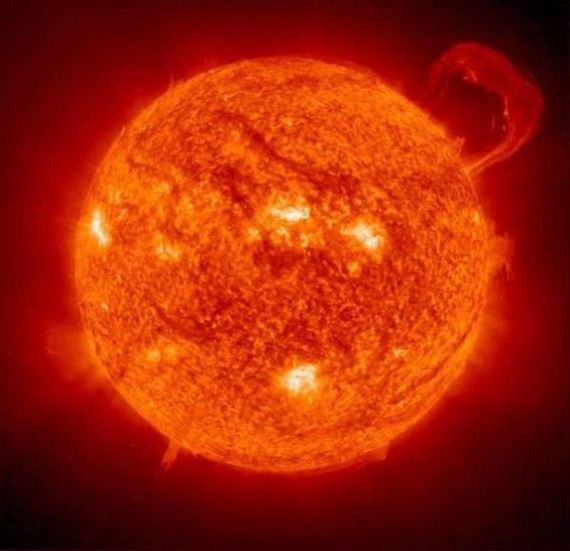
A seriously unfathomably large ball of gas that is absolutely fucking dwarfed on a comical scale by hypergiant star VY Canis Majoris…
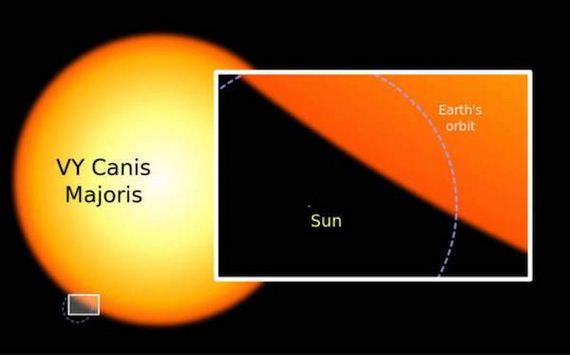
… which is like a dust mite floating around in the Milky Way galaxy…
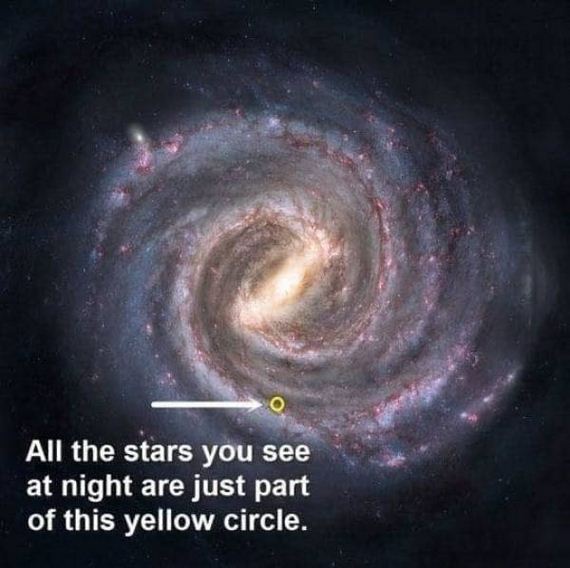
… which is like a freckle on a ginger when compared to some of the biggest galaxies ever observed.
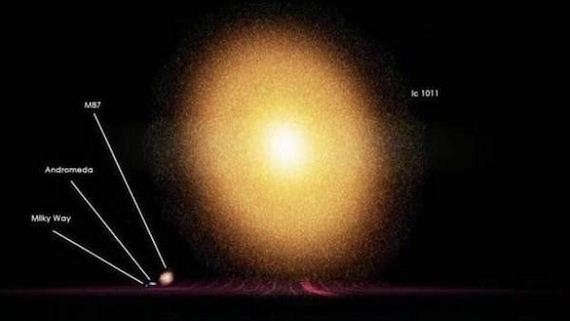
It keeps going, and going, and going…

And all of that is simply the observable universe which is still infinitely smaller than…
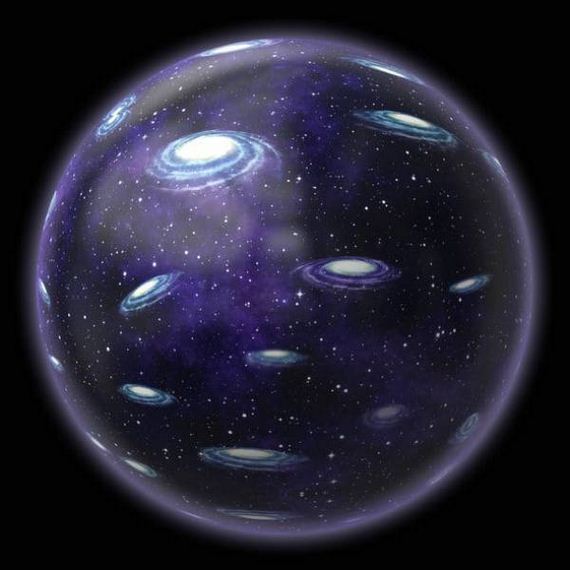
 Barnorama All Fun In The Barn
Barnorama All Fun In The Barn